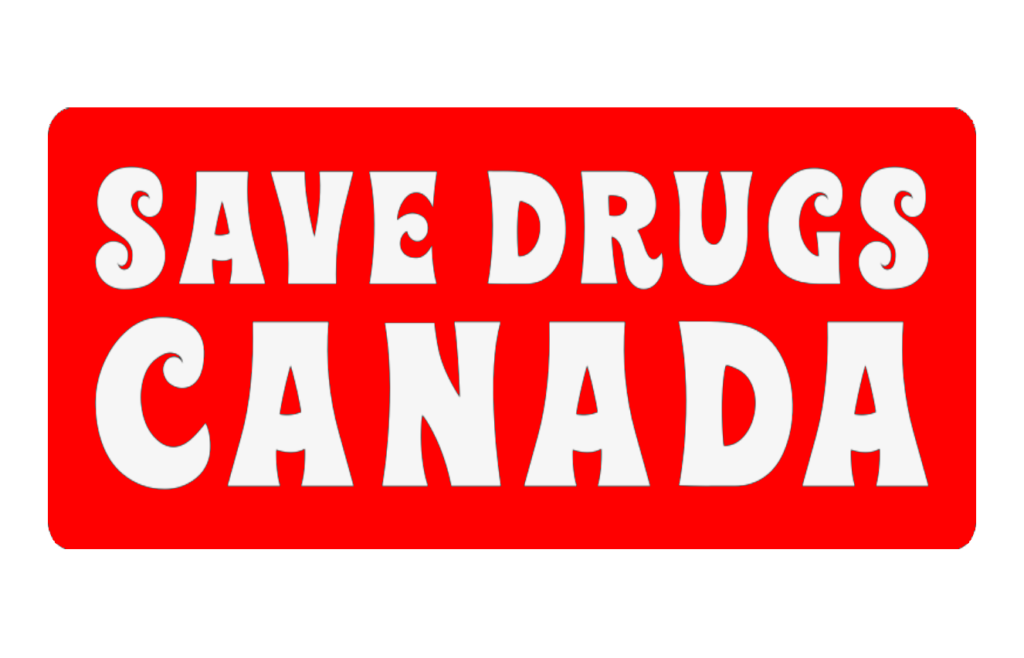Dimethyltryptamine (DMT), often referred to as the “spirit molecule,” is a naturally occurring psychedelic compound found in various plants and animals, as well as in synthetic forms. Despite its reputation as one of the most potent psychedelics known to humanity, DMT has garnered increasing attention from researchers and clinicians for its potential therapeutic applications in mental health care. This article delves into the therapeutic uses of DMT, shedding light on its mechanisms of action, clinical applications, and implications for psychedelic-assisted therapy.
Understanding DMT: DMT belongs to the tryptamine class of psychedelics and shares structural similarities with serotonin, a neurotransmitter implicated in mood regulation, cognition, and perception. When ingested, DMT induces profound alterations in consciousness, often characterized by vivid visual hallucinations, altered perception of time and space, and mystical or transcendent experiences. While DMT has a long history of ritualistic and spiritual use in indigenous cultures, contemporary research has focused on its therapeutic potential in controlled clinical settings.
Therapeutic Applications of DMT: The therapeutic applications of DMT span a wide range of mental health conditions, including depression, anxiety, addiction, and existential distress. Research conducted over the past few decades has provided compelling evidence supporting its efficacy and safety when administered under controlled conditions and with appropriate supervision.
- DMT-Assisted Psychotherapy for Depression: One of the most promising therapeutic applications of DMT is its use in the treatment of depression, particularly treatment-resistant depression (TRD). Clinical trials have demonstrated that DMT, when administered in conjunction with psychotherapy in a controlled therapeutic setting, can induce rapid and sustained antidepressant effects.
The mechanism underlying DMT’s antidepressant action is not fully understood but is believed to involve the modulation of serotonin neurotransmission and the activation of brain regions involved in emotional processing and mood regulation. By facilitating introspection, emotional release, and insight into underlying psychological issues, DMT can help individuals break free from depressive rumination and negative thought patterns, leading to improved mood and well-being.
-
DMT-Assisted Therapy for Anxiety Disorders: In addition to depression, DMT-assisted therapy shows promise in the treatment of various anxiety-related disorders, including generalized anxiety disorder (GAD), social anxiety disorder (SAD), and existential anxiety associated with life-threatening illnesses. DMT’s ability to induce profound alterations in consciousness and perception can help individuals confront and transcend irrational fears, leading to reduced anxiety and increased feelings of safety and connection.
-
DMT-Assisted Therapy for Addiction: Emerging evidence suggests that DMT-assisted therapy may be effective in the treatment of substance use disorders, including alcohol dependence, tobacco addiction, and opioid addiction. By inducing mystical or transcendent experiences characterized by feelings of interconnectedness and unity, DMT can help individuals gain insight into the underlying psychological roots of their addictive behaviors, leading to reduced cravings, enhanced motivation for change, and increased likelihood of long-term recovery.
-
DMT-Assisted Therapy for Existential Distress: Existential distress, characterized by feelings of meaninglessness, alienation, and existential angst, is a common experience among individuals facing life-threatening illnesses or confronting their mortality. DMT-assisted therapy has shown promise in alleviating existential distress and improving quality of life by facilitating mystical or transcendent experiences that provide profound insights into the nature of existence and the interconnectedness of all things.
Challenges and Considerations: While the therapeutic potential of DMT is promising, its use in clinical settings is not without challenges and considerations. Concerns regarding potential adverse effects, including psychological distress, adverse reactions, and exacerbation of underlying psychiatric conditions, underscore the importance of rigorous safety protocols, patient screening procedures, and trained supervision.
Furthermore, regulatory barriers, stigma, and legal restrictions surrounding the use of psychedelics in therapy pose significant obstacles to widespread adoption and acceptance. However, as research continues to advance and public attitudes evolve, there is growing recognition of the need to explore alternative treatments for mental health disorders and embrace the therapeutic potential of psychedelics in a responsible and evidence-based manner.
In conclusion, the therapeutic uses of DMT represent a promising frontier in modern psychiatry, offering new hope for individuals grappling with treatment-resistant mental health conditions. From depression and anxiety to addiction and existential distress, DMT-assisted therapy holds promise as a novel and effective treatment modality with the potential to transform lives.
As ongoing research continues to unravel the mechanisms of action and therapeutic potential of DMT, it is essential to approach its use with caution, respect, and scientific rigor. By harnessing the healing power of psychedelics in conjunction with psychotherapeutic interventions, we may unlock new pathways to healing, insight, and personal transformation, ushering in a new era of psychedelic-assisted therapy and mental health treatment.
